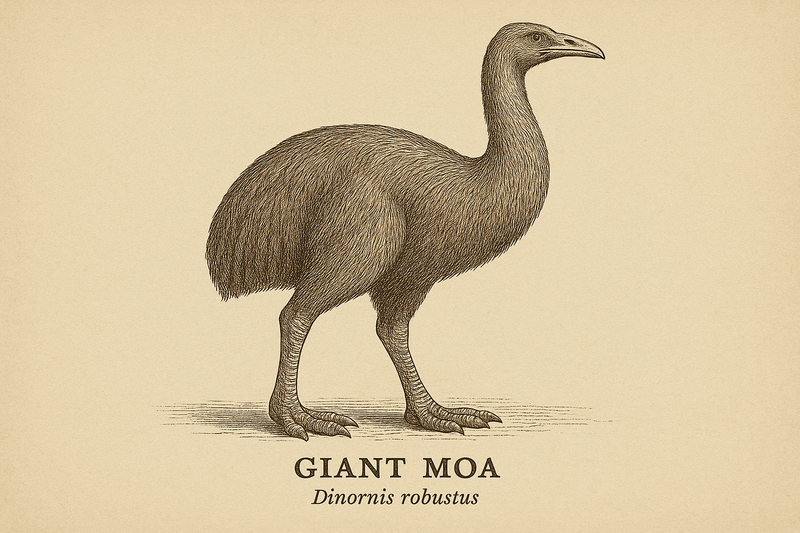
Historically, the widely accepted belief among biologists has been that the last known Tasmanian tiger, or thylacine, met its demise in captivity at a Tasmania zoo in 1936.
However, recent findings suggest that these distinctive, dog-like marsupials might have persisted for several more decades. A study published last month in the journal Science of the Total Environment challenges the long-standing notion of the thylacine's extinction.
Upon the arrival of European colonizers in Australia, Tasmania, and New Guinea, concerns over thylacines posing a threat to livestock prompted the systematic killing of these carnivorous creatures. Government bounties in the 19th and early 20th centuries intensified the hunting of Tasmanian tigers, leading to a significant decline in their population. Consequently, the thylacine has been officially considered extinct for 87 years, a designation made by the International Union for Conservation of Nature in 1982.
Establishing the true extinction of a species is a challenging task, particularly in remote regions such as Tasmania. Over the years, occasional sightings of thylacines have been reported by members of the public, hunters, and park rangers, casting doubt on the 1936 extinction narrative.
Motivated by these reported sightings, a team of researchers embarked on a reassessment of the thylacine's status. They scrutinized 1,237 reports of Tasmanian tiger sightings spanning from 1910 to 2019, carefully evaluating each account for credibility and reliability. Instances reported by unfamiliar tourists or hikers received lower credibility ratings, while observations from experienced trappers or biologists garnered higher ratings.
By employing a statistical model based on the collected data, the scientists proposed that thylacines might have persisted until the 1940s to 1970s, with a slim possibility of survival into the early 2000s. The study's lead author, Barry Brook, an environmental scientist at the University of Tasmania, even suggested a "tiny possibility" that thylacines may still inhabit Tasmania today, although such a scenario is deemed highly unlikely.
However, not everyone is convinced by the study's conclusions. Assessing the reliability and credibility of sightings remains a subjective process. Independent Australian biologist Nick Mooney, not involved in the study, likened the evidence to "court cases without any witnesses, just scraps of reports written down by other people."
The thylacine's resemblance to modern dogs raises the possibility that some sightings may be misattributed, possibly due to optical illusions or cognitive biases. The researchers noted an increase in reported sightings following media coverage about thylacines in Australia.
While the study's findings offer an intriguing perspective, skepticism remains, emphasizing the need for caution when interpreting reported sightings. The thylacine, often likened to mythical creatures like the Loch Ness Monster or Bigfoot, continues to captivate public imagination, preserving the memory of these enigmatic animals, whether or not they endured beyond 1936.






0 comments